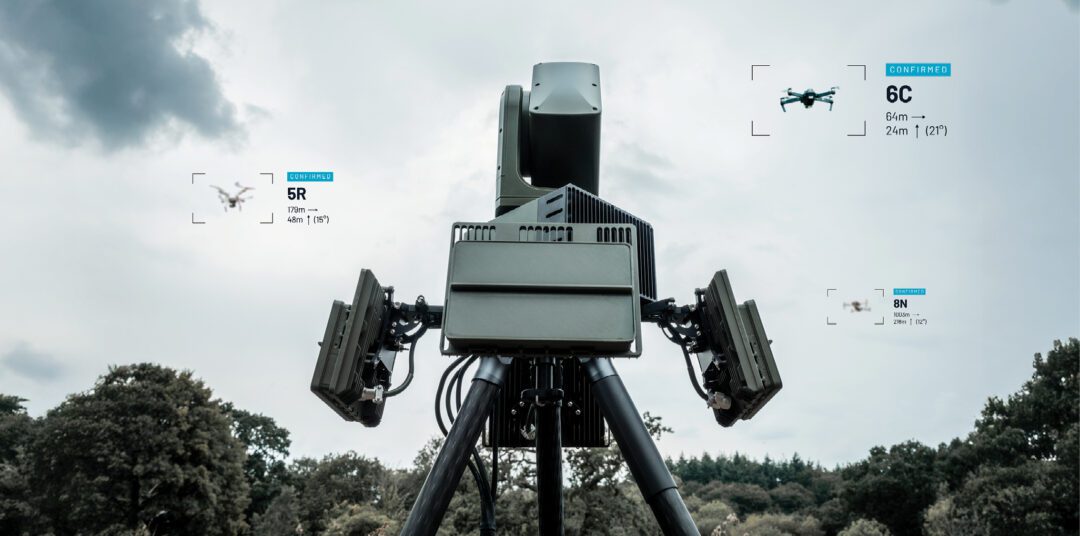
TURNING STRATEGIC INTENT INTO OPERATIONAL REALITY
Why trusted Mission Partners are key to delivering the vision set out in the Strategic Defence Review
The Government’s 2025 Strategic Defence Review (SDR), “Making Britain Safer: Secure at Home, Strong Abroad”, is an ambitious, necessary and timely document. Its mission is simple – keep the UK credible, ready and able to deter, fight and win in a world that is getting increasingly dangerous.
But how do we turn strategic intent into operational reality when ambition alone will not deliver?
As General Sir Roly Walker noted in his address to the 2025 RUSI Land Warfare Conference, this is a “make or break” moment.
The SDR is more than just a plan to protect the nation. It is a once-in-a-generation opportunity to reshape the UK’s defence industry. The chance to build smarter, more connected forces and unlock the full potential of digital warfare at pace.
Turning this strategy into reality will demand collaboration with industry, with allies, and across all domains.
Now more than ever, the Ministry of Defence (MoD) needs trusted mission partners with proven delivery track records to help accelerate this transformation.
More than consultants or short-term suppliers, but embedded, sovereign-capable partners are able to design and deliver interoperable, open-by-design solutions that align to UK strategic objectives and are ready for coalition operations.
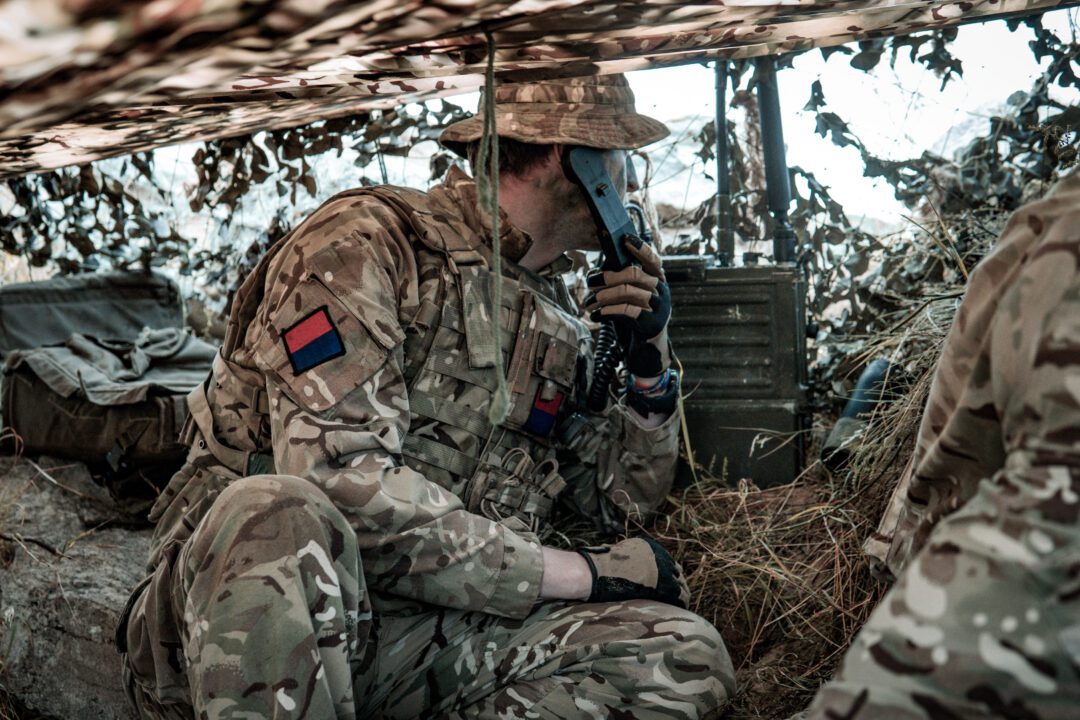

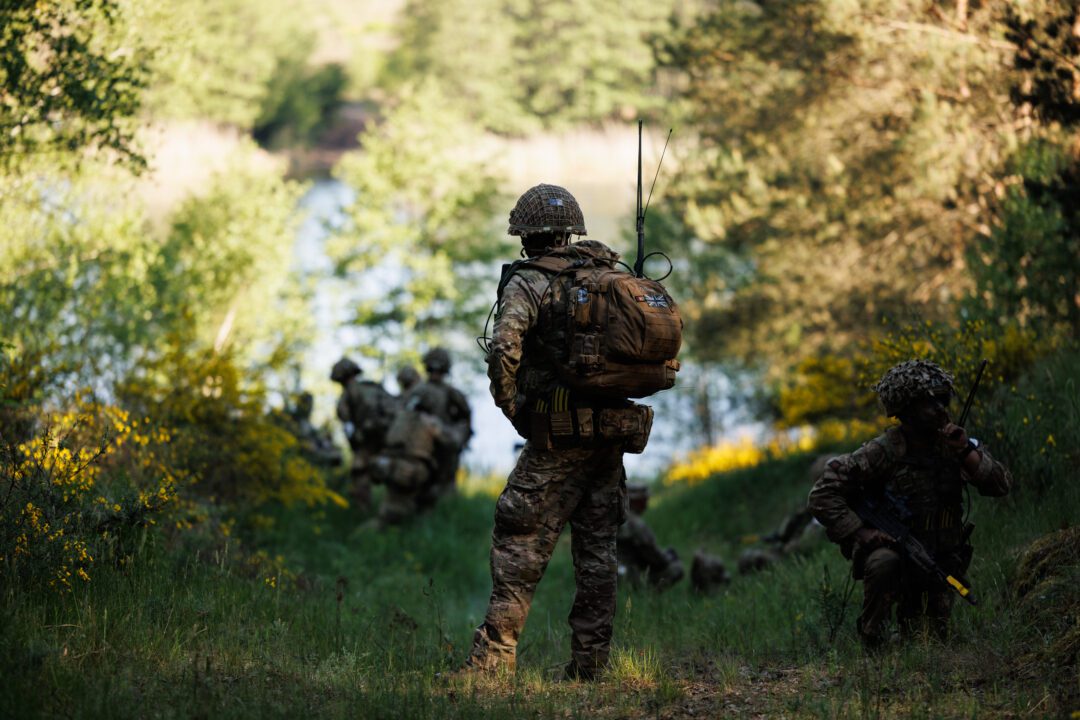
Images courtesy of UK MOD © Crown copyright
THE INTEGRATED FORCE NEEDS MISSION FOCUSED DELIVERY
At the heart of the SDR lies the concept of the Integrated Force – one that is digital, fused across domains, and able to deploy effects from the physical to the electromagnetic. The British Army’s ZODIAC project, a consortium led by Roke, gives a glimpse of what will be possible with a truly integrated force.
ZODIAC is how the Army is increasing lethality without waiting for a new platform.
It fuses sensors, data, and decision-makers at speed, providing commanders with a digital backbone to move faster, act smarter and strike more effectively. Crucially, it is open by design, interoperable by default, and built to evolve, ensuring that it can keep pace with an ever-shifting threat environment and the dynamic demands of the Integrated Force.
ZODIAC isn’t a promise for 2035. It’s already at MVP and delivering, proving its promise in a recent warfighter exercise in the USA, where the solution enabled the UK to become the US Army’s first digital interoperable partner.
But ZODIAC doesn’t exist in isolation.
It is how the Army will connect to, and share data across, the Digital Targeting Web, which will be crucial to achieving a key aim of the SDR, “a warfighting force ready and able to deter, fight, and win today and in the future.”
Delivering and sustaining these capabilities demands close, enduring collaboration with industry partners who not only understand the technical and operational challenge, but who are willing to embed alongside defence teams, own outcomes, and build solutions that work for the Armed Forces and their NATO allies.


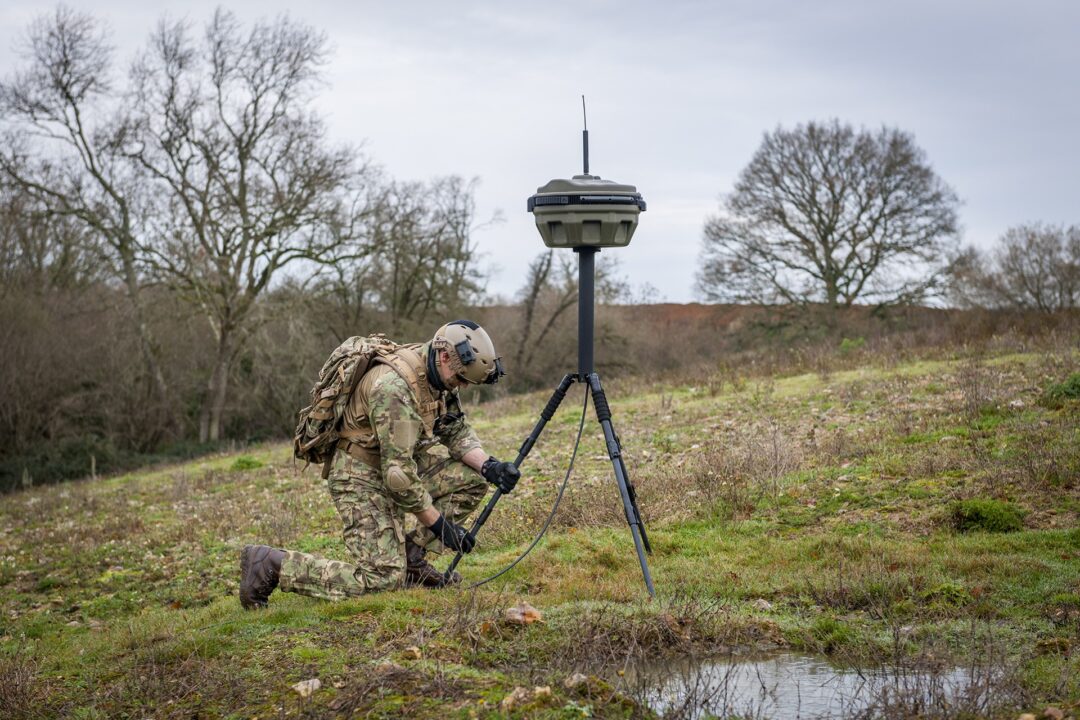
SOVEREIGNTY DEMANDS OWNERSHIP OF DATA AND IP
A central pillar of this transformation is the importance of data. If the Armed Forces are to adapt quickly to changing threats and operational needs, they must own their own data and the intellectual property that enables its use. This is not just a matter of principle. It is a warfighting imperative.
Owning the IP for systems like ZODIAC, or the Digital Targeting Web, ensures that the Armed Forces can innovate and adapt to changing, real-world conditions without dependence on third-party gatekeepers.
It enables the rapid deployment of artificial intelligence (AI) tools on sovereign data without the overhead of paying external vendors for access to general-purpose large language models.
Instead, they can focus on building the techniques and tools their evolving situations need to unlock operational advantage from their data, on their terms.
This reinforces the need for trusted mission partners who are prepared to deliver open, sovereign-by-default architectures that place the needs of defence first – not locked-down, proprietary ecosystems that limit flexibility and long-term evolution, and are prohibitively expensive.
CYBER AND ELECTROMAGNETIC COMMAND GIVE THE UK AN EDGE
Among the most strategically significant developments set out in the SDR is the formal creation of the Cyber and Electromagnetic Operations Command (CyberEM Command). As the battlespace becomes increasingly digital, the ability to operate and dominate across the electromagnetic spectrum is essential.
CyberEM Command will be the linchpin in ensuring that the UK can detect, deny and degrade adversary capabilities in both the cyber and physical domains. It will give the UK Armed Forces the edge in multi-domain operations by providing the leadership and integration required to harness the power of electronic warfare and cyber operations.
But this capability, too, must be built with interoperability and adaptability at its core. It must align with NATO’s digital backbone and ensure seamless coordination across allies and partners.
This again underscores the importance of working with industry partners who understand not just the technology, but the mission context in which it must operate.

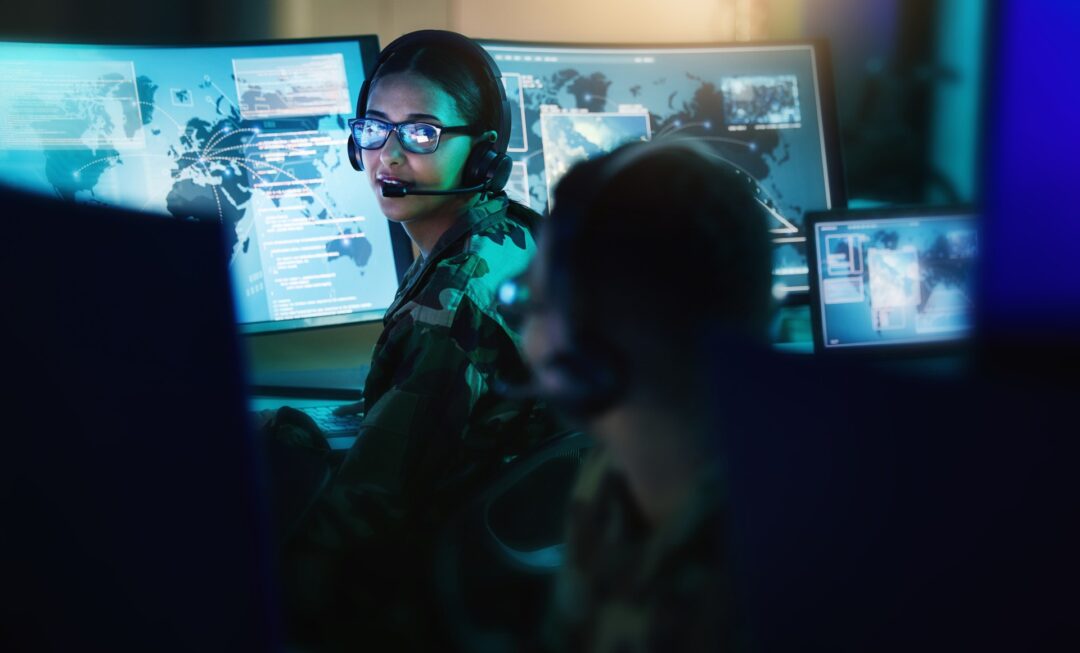

PARTNERING TO MAKE BRITAIN SAFER
The 2025 Strategic Defence Review presents a bold and necessary vision for the future of UK defence. But its success will depend not just on policy and procurement, but on partnership.
The vision of “secure at home, strong abroad” will only be realised if the UK works with established, trusted mission partners who can deliver open, interoperable and sovereign-ready solutions right now. Partners like Roke, who have been providing UK defence partners (and wider European NATO allies) with solutions proven to survive and thrive contact with the real world since 1956. We have been doing this for a long, long time, and we understand.
The strategic intent is there, now it’s time for the defence industry to step up and become the true mission partners the UK, and its NATO allies, need to turn these grand plans into operational reality and provide domestic and European protection.


